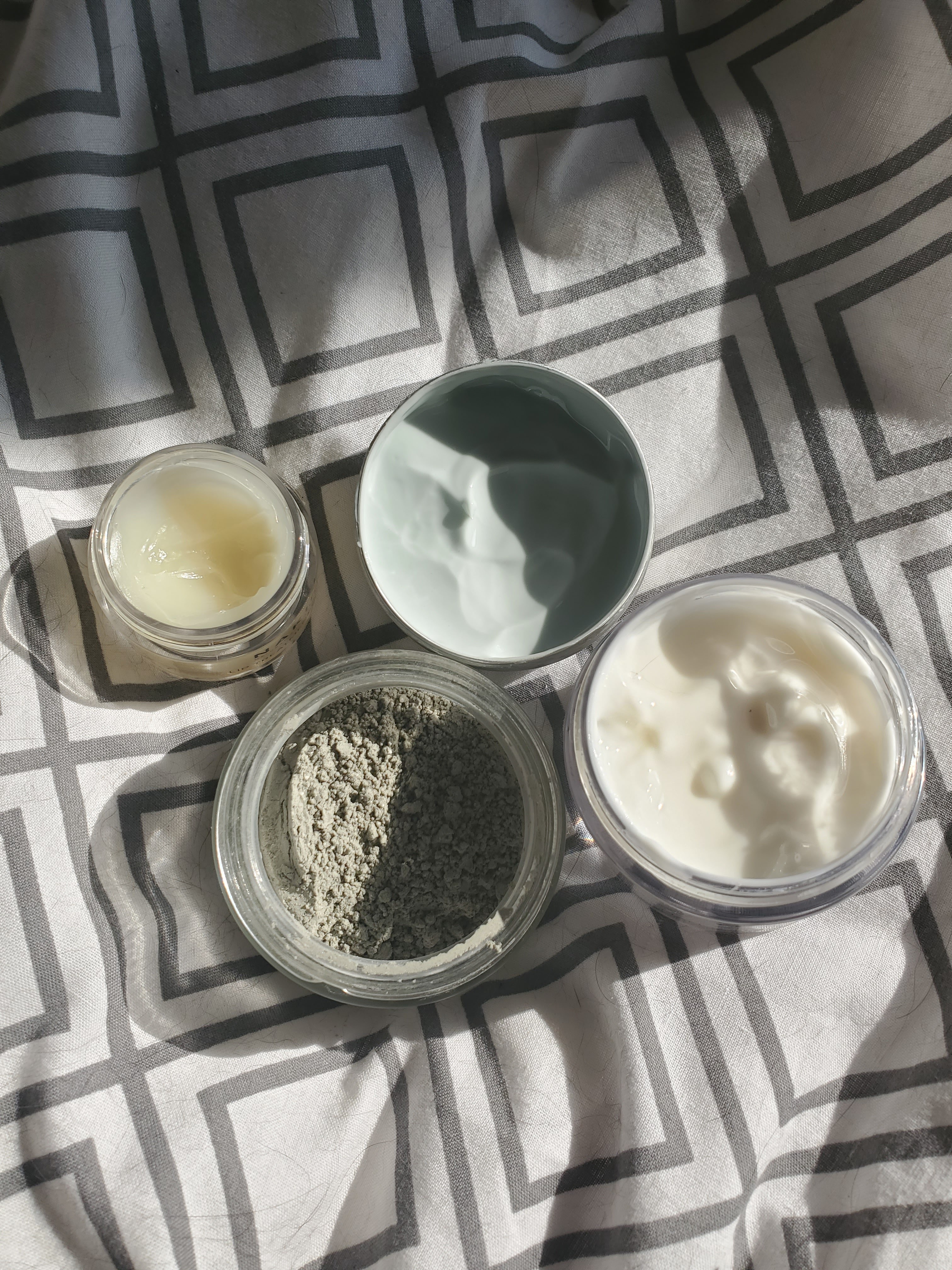Zero waste isn't an end goal, it's a continuous drive to minimize waste, reduce your personal impact, and live as eco friendly as possible. Today's guest post shares the challenges, benefits, and easy tips to get you started with going zero waste!
Going Green 101
So, what
is zero waste, exactly? Is it even possible to live life without leaving any waste behind? And, more importantly, why should you even try living life like this, and what do you stand to benefit from it?
To put it simply, zero-waste living is the conservation of all resources through various means and avoiding disposing of them in a way that can harm the planet. These means include responsible production, reuse, consumption, and recovery of raw materials, as well as products and product packages.
Obviously, it’s not possible to leave no waste behind. However, by living a zero-waste life, you can greatly decrease the amount of harmful refuse that pollutes our air, water, and soil. One direct benefit of this lifestyle is the health improvement. By going green, you will breathe clean air, drink clean water, and eat food that doesn’t contain harmful chemicals. Moreover, you will also save a lot of money through careful spending and reusing certain items.
Zero-Waste Living: The Beginner’s Guide
Step #1: No Single-Use Items
The name single-use item really says it all; they are items you use once and throw away. In other words, stuff like plastic bags, plastic bottles, styrofoam packages, paper napkins, and so on. Basically, all of the items you see in landfills, on the side of the road, or in river beds.In order to go green, you first need to figure out which types of single-use items you use the most. The next step is to replace them with an item that you can reuse on a daily basis. For example, instead of carrying a pack of tissues, use a handkerchief made out of some soft fabric. Use a tote bag instead of getting plastic bags at the store. The possibilities are endless.
Step #2: Get Reusable Items
Now that you know what items you need to avoid, it’s time to get some zero-waste supplies. However, it’s not as simple as going to the store and buying a brand new tote bag. In fact, even when it comes to shopping for new stuff, you can approach it with a zero-waste mindset.The best place to buy a good reusable item is a thrift store or an antique shop. That way you’re buying a product that’s already made, so no new resources have to be wasted on making it. In addition, the item you buy will not end up in a landfill, which is a plus.
Naturally, the thrift store is just the beginning. There are all sorts of different methods of getting reusable items that you can try.
Step #3: Use What You Have
Before heading off to the thrift store, take inventory of your home. Do you have some glass mason jars or old boxes? Congratulations, you just found yourself some reusable items. You can do the same with tin boxes and packaging, as well as old medicine bottles (though remember to thoroughly wash those first!). Mason jars, in particular, can be a great item to store dry foods or compost composting.
Some people get creative with their old stuff and use it in new and exciting zero-waste ways. The perfect example of that is making
your old T-shirt into a tote bag. You not only save money on buying totes but also get to breathe new life into your shirt.
Step #4: Make Your Own Stuff
Most people hear the phrase ‘zero-waste DIY’ and immediately think of preparing their own food. And they are right, of course — making your own meals instead of ordering takeout is a key part of green living.But that’s just the first part of zero-waste DIY. Did you know that you can make your own toiletries? That’s right, you can make anything from shampoo and toothpaste to conditioners and soap. And the best part of it is the fact that you can use natural, organic ingredients instead of poisonous and harmful chemicals.
Step #5: Minimizing Food Waste
So much of our food ends up on a landfill somewhere. And why waste food when you can eat it later, or at least make sure that it gets put to good use?
One method of minimizing food waste is using leftovers to prepare new meals. In addition, you can plan your food budget out weeks in advance so that no bite goes unwasted. If, by any chance, you have some spoiled food (or food that’s about to spoil), you can consider composting it. And no, you don’t need to live in a house with a huge yard in order to compost.
Step #6: Engage Your Community
Buying from your local farmer’s market or bulk food store is one of the most direct ways you can engage with your community and maintain a zero-waste lifestyle. But if you want to activate your friends, family, neighbors, and even local officials, you can take it one step further. For example, you can organize a clothing
swap party or a local cleanup. Moreover, you can discuss efficient zero-waste policies on packaging and recycling with local businesses such as bars, markets, and restaurants.
However, when you do engage your community, remember not to be obnoxious or preachy about it. After all, forcing your new lifestyle onto others will only drive them away. Your goal is to engage, educate, and help as much as possible, but not to talk down to your neighbors or to constantly pester them.

















No comments
Share your thoughts!
(No links please!)